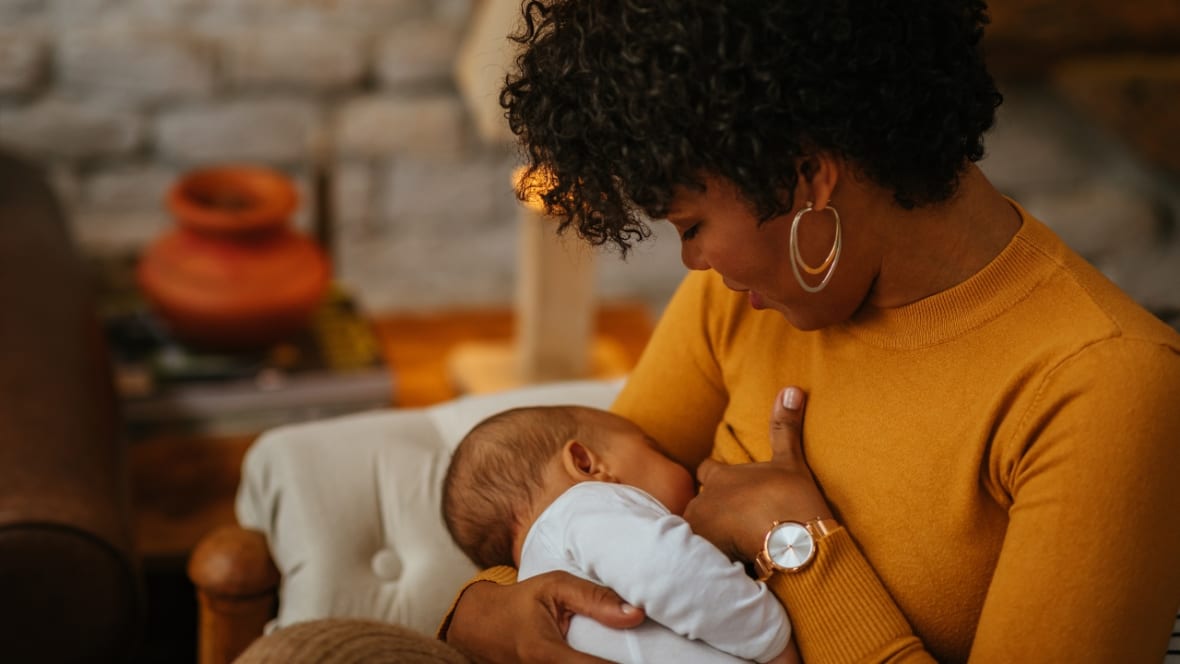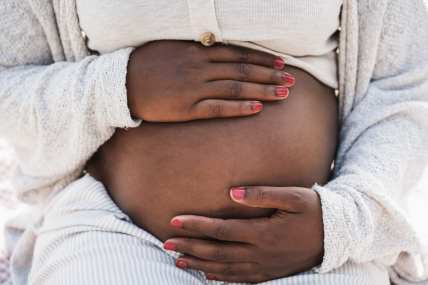More Black infants suddenly died during first year of COVID-19, and no one knows why
Researchers discovered a rise in unexplained infant deaths among Black children but not among any other racial or ethnic groups.
There was an unexpected increase in Black infants who died during the first year of the coronavirus, but the reason for the spike remains a mystery.
A recent study from the Centers for Disease Control and Prevention found that sudden infant death syndrome increased by 15% between 2019 and 2020, from 33.3 to 38.2 deaths per 100,000 babies born. According to NBC News, the increase, reported Monday in the medical journal Pediatrics, came amid a record-low infant mortality rate.
Medical professionals cite SIDS when they cannot attribute an infant’s death to a specific cause. It falls under the category SUID, or sudden unexplained infant death, which is used in data gathering to refer to cases of unintentional suffocation or strangulation.

SUID data is segmented by race or nationality, whereas SIDS data is not. Researchers discovered a rise in infant deaths that were unexplained among Black children but not among any other racial or ethnic groups.
Sharyn Parks Brown, the study’s author and a senior epidemiologist with CDC’s Perinatal and Infant Health Team, said the finding “was absolutely a surprise to us,” according to NBC. She noted that the racial and ethnic breakdowns of such fatalities had been consistent for decades.
A 2021 study by Parks Brown and her team discovered unsafe bedding as a leading cause of unexpected deaths in babies four months old and younger.
Experts claim a statistical anomaly, or an unexpected spike in the data, could determine the unexplained increase in the CDC’s report, but they would need several more years to monitor the situation. They also cited changes the National Association of Medical Examiners made to how sudden infant deaths are listed on death records in 2019.
The guidance stated that finding infants on or near soft bedding did not automatically classify fatalities as accidental suffocation without proof that an object blocked the infants’ airways. However, the cases should be attributed to SIDS.
The American Academy of Pediatrics advises against leaving infants in cribs with soft objects such as blankets, pillows, crib bumpers and stuffed animals when asleep or otherwise unattended. Experts suggest leaving babies’ cribs in their parents’ rooms for at least six months.
AAP claims the chances of sudden infant death can be decreased by breastfeeding, using pacifiers at nap and bedtime, staying up to date on cribs recalled for safety hazards and encouraging supervised “tummy time” to help infants develop the muscles needed to turn over.
Newborns should also lie on their backs until their first birthday and only use fitted sheets to sleep in their beds on flat, firm surfaces.
Dr. Rebecca Carlin, a pediatrician associated with New York’s Columbia University and a co-author of the editorial that accompanied the CDC research, remarked: “If you don’t have a safe place for your baby to sleep, how are you going to have them sleep safely?”
TheGrio is FREE on your TV via Apple TV, Amazon Fire, Roku and Android TV. Also, please download theGrio mobile apps today!








